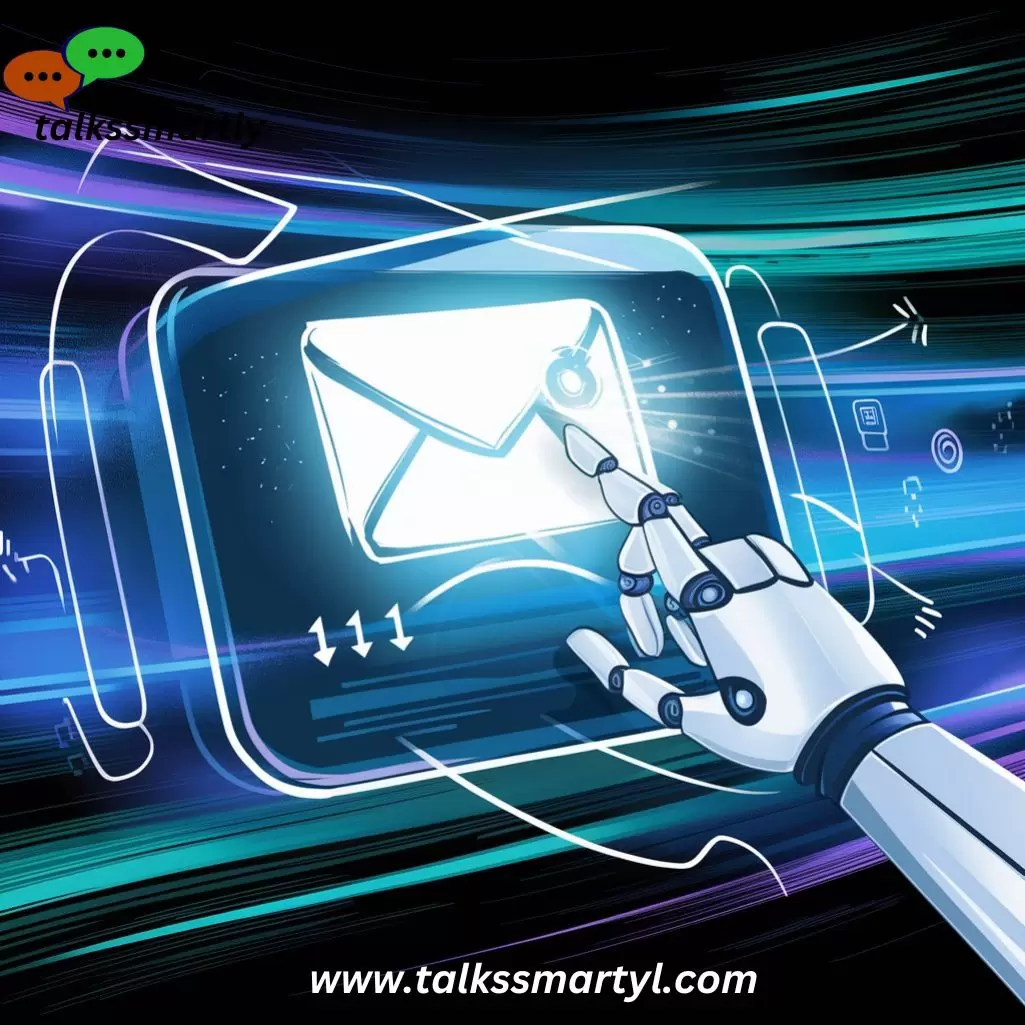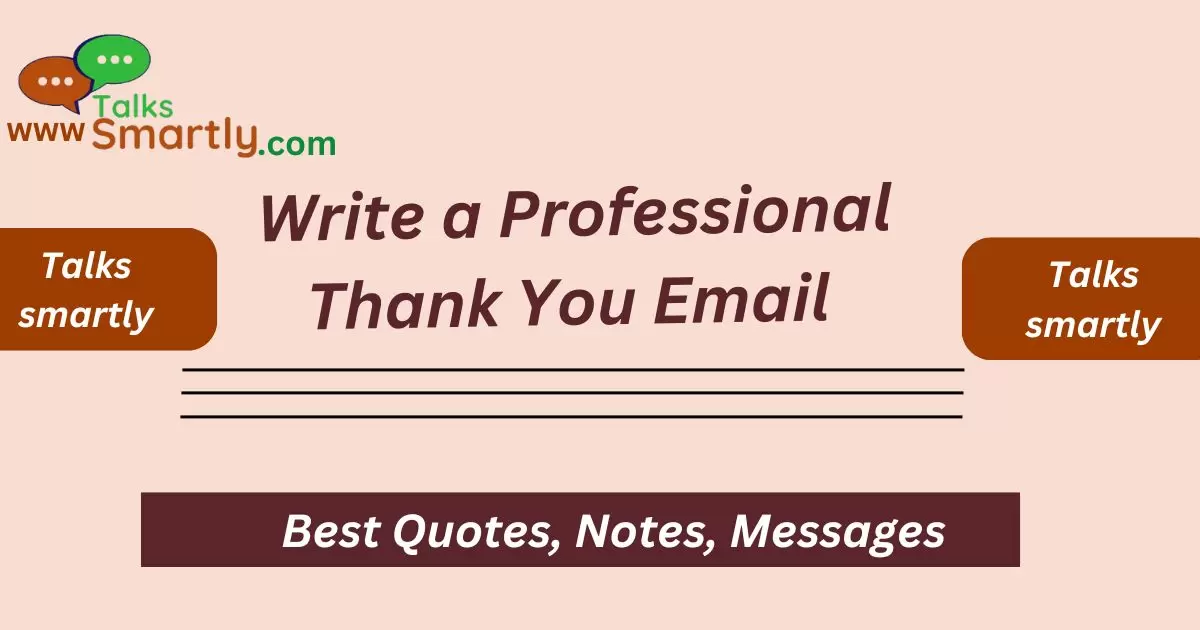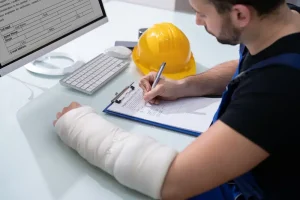Introduction
“Craft a sincere thank-you email by expressing gratitude, referencing specific details, and maintaining a professional yet friendly tone.”
Sending a thank-you email after an interview, meeting, or any form of professional interaction is not just a courteous gesture; it’s a strategic move that can leave a lasting impression on your recipients.
Crafting a professional thank-you email requires attention to detail, sincerity, and clarity. In this guide, we’ll explore 15 steps to help you master the art of writing a professional thank-you email.
Overview
The article outlines 15 essential steps for crafting a professional thank-you email after an interview or meeting.It emphasizes the importance of a clear subject line, professional greeting, sincere gratitude, referencing specific interactions, highlighting key points, reiterating interest, offering assistance, ending with a professional closing, proofreading for clarity, checking tone and language, personalizing the message.
Keeping it concise, sending promptly, avoiding duplication of information, and following up if necessary.
Following these steps ensures a well-crafted and impactful thank-you email that leaves a positive impression on recipients.
How to Write a Professional Thank You Email?
Step 1: Start with a Clear Subject Line
Example:
Subject: Appreciation for the Opportunity to Interview
The subject line sets the tone for your email and should clearly convey the purpose of your message. Keep it concise and relevant to ensure that your email is opened and read.

Step 2: Use a Professional Greeting
Example:
Dear [Recipient’s Name],
Address the recipient by name to personalize your email and establish a professional tone. If you’re unsure of their preferred title, opt for a generic greeting such as “Dear Hiring Manager” or “Dear [Company Name] Team.”
Step 3: Express Sincere Gratitude
Example:
I wanted to extend my heartfelt thanks for the opportunity to discuss [topic] during our recent meeting.
Begin your email by expressing genuine appreciation for the opportunity or gesture you’re acknowledging. Be specific about what you’re thankful for to demonstrate sincerity.
Step 4: Reference the Specific Interaction
Example:
It was enlightening to learn more about [specific topic or project] and how it aligns with my skills and experiences.
Reference the specific interaction or event you’re thanking the recipient for. This shows that you’re attentive and engaged during the interaction.
Read More: Ways to Say “Thank you for Watering my Plants Message”
Step 5: Highlight Key Points
Example:
I particularly appreciated the insights you shared regarding [specific aspect].
Highlight key points or moments from the interaction that resonated with you. This reinforces your appreciation and demonstrates active listening.
Step 6: Reiterate Your Interest
Example:
I remain enthusiastic about the opportunity to contribute to [company/project] and look forward to the possibility of working together.
Reiterate your interest in the opportunity or relationship. This reinforces your enthusiasm and commitment.
Step 7: Offer to Provide Additional Information
Example:
Please don’t hesitate to reach out if you require any further information or clarification on [topic].
Offer your assistance and willingness to provide additional information if needed. This demonstrates your willingness to be helpful and proactive.
Step 8: End with a Professional Closing
Example:
Best regards,
[Your Name]
End your email with a professional closing such as “Best regards” or “Sincerely.” Sign off with your full name to add a personal touch.

Step 9: Proofread Carefully
Example:
Before sending, I recommend proofreading your email to ensure clarity and correctness.
Review your email carefully for any grammatical errors, typos, or awkward phrasing. A well-written email reflects positively on your professionalism and attention to detail.
Step 10: Check for Tone and Language
Example:
Avoid using overly formal or robotic language in your email to maintain a friendly and genuine tone.
Ensure that your language is warm, friendly, and conversational. Avoid jargon or overly formal language that may come across as insincere.
Step 11: Personalize Your Message
Example:
I truly appreciate the time and effort you invested in discussing [specific topic] with me.
Personalize your message by referencing specific details from your interaction. This shows that you’re attentive and value the relationship.
Step 12: Keep It Concise
Example:
I wanted to express my gratitude for the insightful conversation we had earlier today.
Keep your thank-you email concise and to the point. Respect the recipient’s time by avoiding unnecessary details or lengthy paragraphs.
Step 13: Send It Promptly
Example:
I wanted to send my thanks while our discussion is still fresh in my mind.
Send your thank-you email promptly, ideally within 24 hours of the interaction. This demonstrates promptness and reinforces your appreciation.
Step 14: Avoid Duplicating Information
Example:
I’ve attached my resume for your reference, as discussed during our meeting.
Ensure that the content of your thank-you email complements, rather than duplicates, any information discussed or provided during the interaction.
Step 15: Follow Up if Necessary
Example:
If you require any further information or would like to schedule another meeting, please let me know.
Follow up on your thank-you email if necessary, especially if you haven’t received a response within a reasonable timeframe. This demonstrates persistence and professionalism.
Conclusion
In conclusion, writing a professional thank-you email requires sincerity, clarity, and attention to detail. By following these 15 steps, you can craft a thoughtful message that leaves a positive impression on your recipients.
Remember to personalize your email, maintain a friendly tone, and send it promptly to maximize its impact.

Hi, I’m Lauren Reynolds, owner of Talks Smartly.
We specialize in wishes, thank you messages, and thoughtful responses for all occasions.
Whether it’s a birthday wish or a heartfelt thank you, we’re here to make your messages shine.
Join us at Talks Smartly and let your words leave a lasting impression.”











